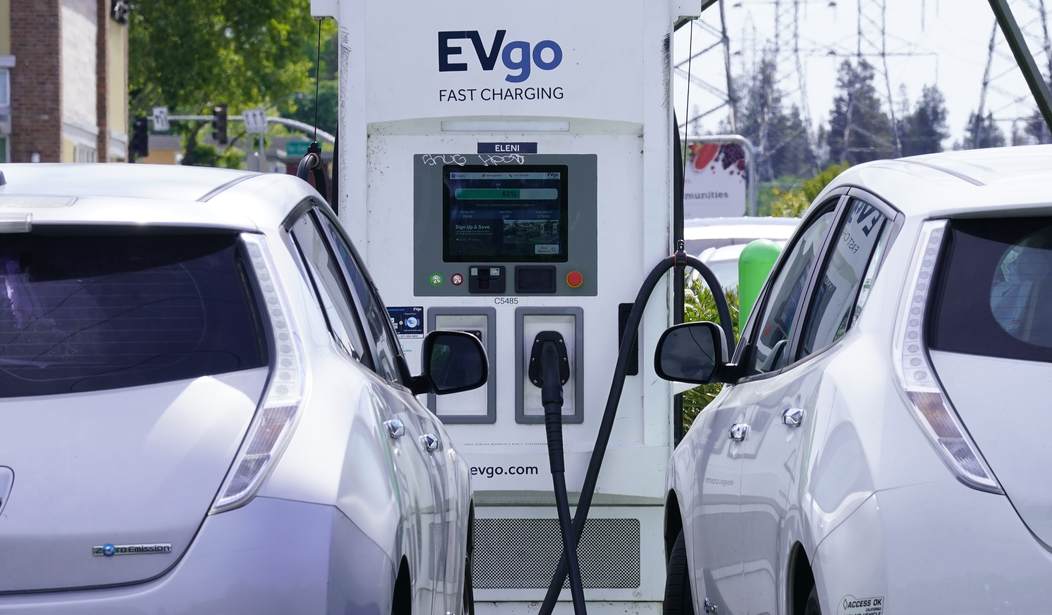I can still remember the first time I sat in a Tesla. It was several years ago during a trip to California, and we happened to walk by a showroom and decided to check it out. I got to sit in a Model X, and it was, without a doubt, the coolest car I’d ever been in. It not only looked sharp but was also loaded with cool tech. It was fun to sit in, and I couldn’t stop thinking about the car for weeks.
But, as much as I pined for that car, it’s just not realistic. I don’t kid myself that electric cars are “better for the environment,” so that’s not even a factor. But when you look past the flashy tech, it’s still an electric car, and it comes with all the limitations that any electric car brings. For starters, living where I live, the car’s battery would be problematic during the hard winters, and since I work from home, the return on investment for not being reliant on gas would be ridiculously long — likely much longer than the life of the car itself.
The key problem is that electric vehicles don’t have a range of travel to justify their long charge times. Last week, Axios wrote about a couple who bought an electric vehicle and drove 1,500 miles from Michigan to Florida in it.
“We were constantly thinking about where to charge next,” the wife explained in Axios. “It occupied our minds more than where to eat or spend the night.”
According to the article, they had to make 12 charging stops (between 20 and 55 minutes each) which added somewhere between 4 and 11 hours to the trip, and they even avoided putting the heat on to help preserve battery life.
“A Kia engineer told us that the cold would put extra stress on the battery, draining it faster than normal,” the husband said. “So I used only the heated steering wheel and heated seats while driving — no cabin heat.”
Well, that sounds like fun. Sign me up, right? No thanks. I could do the same trip in my car with less than half the stops taking a fraction of the time. I don’t know about you, but the less time on the road, the better.
Related: It’s Now Cheaper to Drive 100 Miles in a Gas-Powered Car Than in an EV
I don’t do a lot of long-distance traveling by car, but when I do, I don’t have the concerns that electric vehicle drivers have. Gas stations are everywhere, easy to find (especially on interstates), and you can fill up a car in a few minutes and be on your way. Even the best-case scenario for charging an electric vehicle is ten times as long as filling up a gas-powered car, and according to Kelley Blue Book, it could take 12 hours to charge an electric vehicle on a slower-charging outlet.
Sure, we can build more charging stations and allow for the technology to improve to expand the range of batteries and decrease charging times, but with the government subsidizing large chunks of the cost of electric vehicles, where’s the incentive for car manufacturers to adapt to expand their appeal beyond rich liberals who want to virtue signal their so-called environmentalism?
For most of us, electric vehicles aren’t practical and likely won’t be for a long time. A good start for getting them there would be to end subsidies to force manufacturers to innovate to make the technology cheaper and better.










